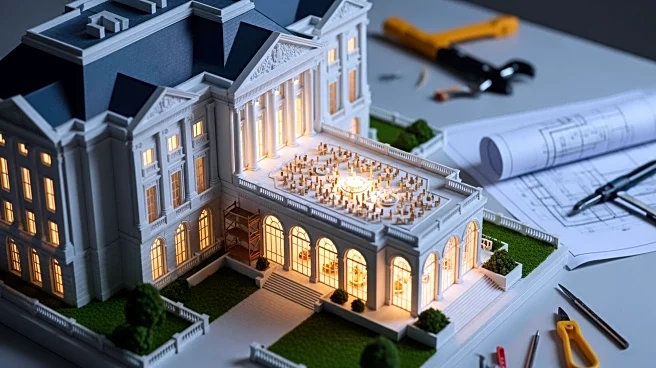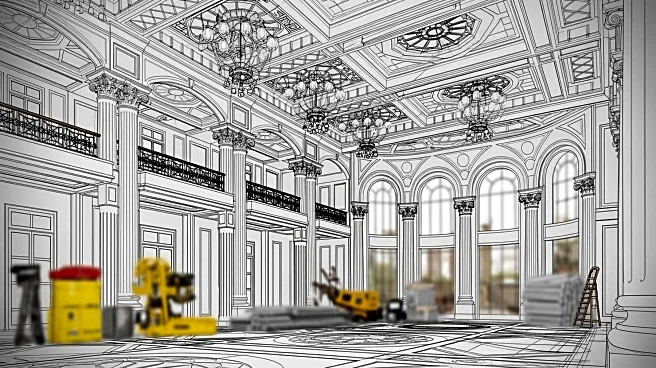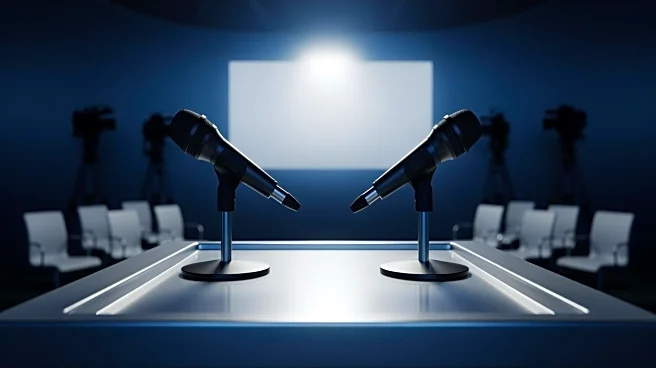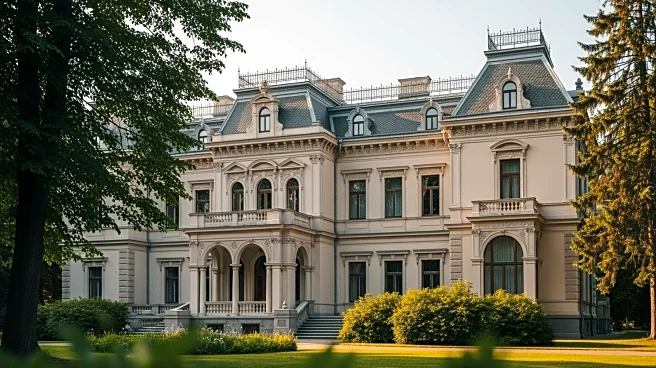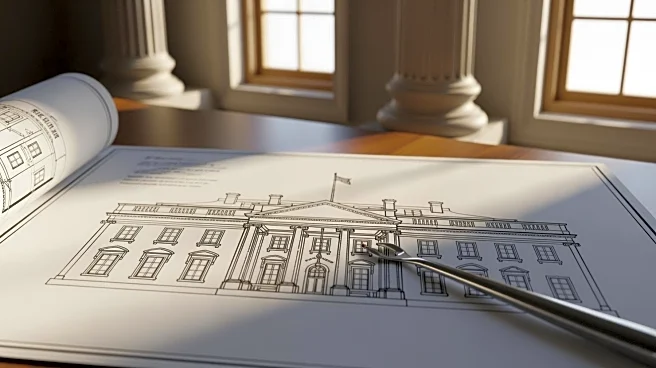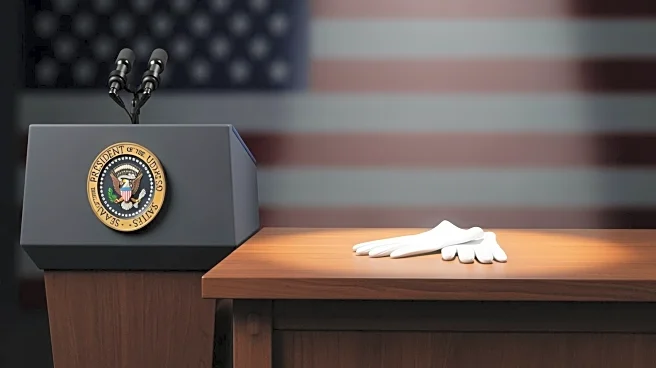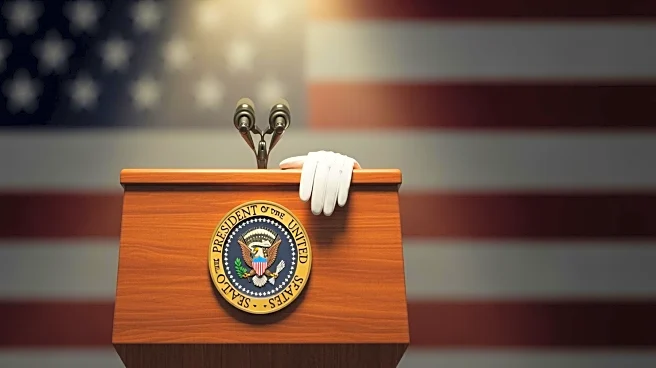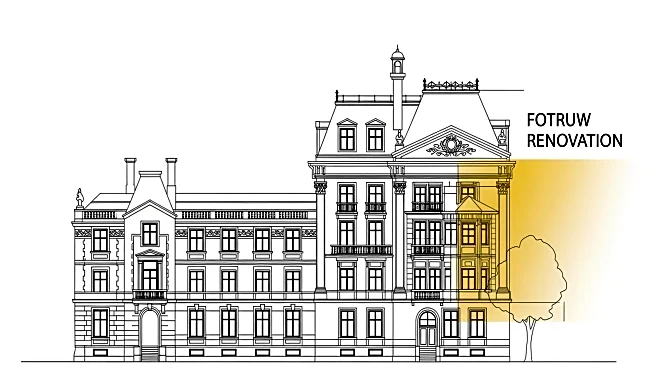What's Happening?
The White House is currently undergoing a significant renovation project involving the demolition of the East Wing. This initiative, led by President Trump, aims to add a ballroom to the White House complex.
White House Press Secretary Karoline Leavitt addressed inquiries regarding the project, which has sparked interest and questions from various stakeholders. The demolition is part of a broader plan to enhance the facilities at the White House, reflecting President Trump's vision for the iconic residence. The project has been met with curiosity and scrutiny, as it involves altering a historic part of the White House.
Why It's Important?
The renovation of the White House East Wing to include a ballroom is significant for several reasons. It represents a substantial change to a historic government building, which may have implications for how the space is used for official functions and events. The addition of a ballroom could enhance the White House's capacity to host large gatherings, potentially impacting diplomatic and political engagements. This move may also reflect President Trump's priorities in terms of infrastructure and aesthetics within the presidential residence. The project could influence public perception of the administration's focus on legacy and image.
What's Next?
As the demolition and construction proceed, there will likely be continued interest and scrutiny from the public and media. Stakeholders, including historians and preservationists, may weigh in on the implications of altering a historic site. The completion of the ballroom could lead to new opportunities for hosting events, potentially affecting the scheduling and nature of White House functions. The administration may provide further updates on the progress and expected completion date of the project, as well as any additional changes planned for the White House complex.
Beyond the Headlines
The decision to renovate the White House East Wing raises questions about the balance between modernization and preservation of historic sites. It may prompt discussions on the ethical considerations of altering a landmark with significant cultural and historical value. The project could also influence future administrations' approaches to managing and utilizing the White House space, setting a precedent for how changes are made to the presidential residence.
